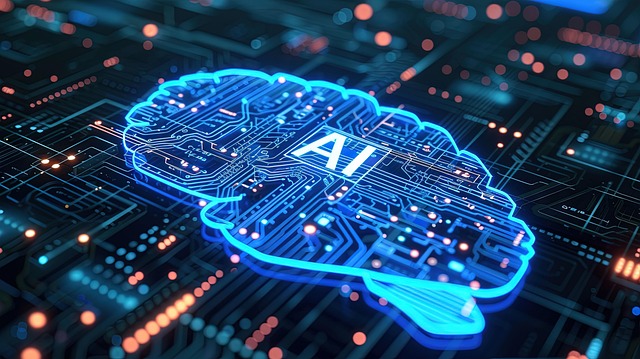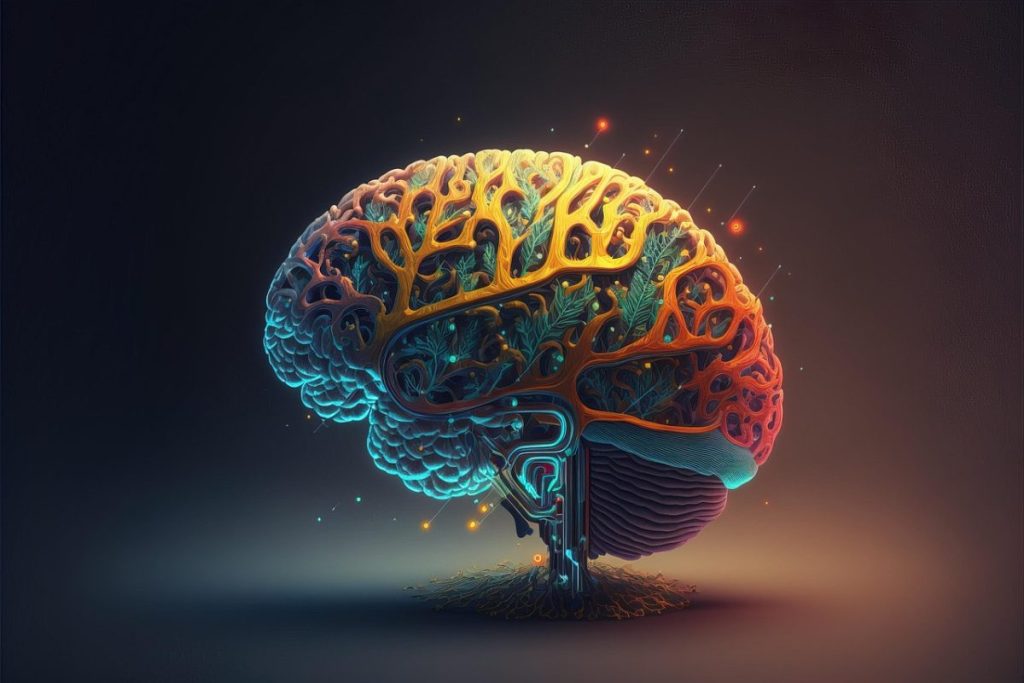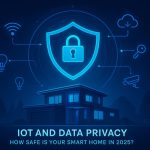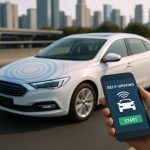Smart technology has come a long way—from smart thermostats adjusting your home’s temperature automatically to voice assistants handling daily tasks. But we’re now entering a new phase: Living Intelligence. This emerging concept represents a more organic, adaptive, and deeply integrated approach to technology—where smart systems don’t just react but evolve with us. Think of it as a digital ecosystem that feels more like a living, thinking organism than a set of programmed tools.
In this article, we’ll explore what Living Intelligence means, how it differs from today’s smart tech, where it’s already showing up, and why it may redefine our relationship with the digital world.
What Is Living Intelligence?
Living Intelligence is a term used to describe intelligent systems that go beyond traditional AI. These systems:
- Learn continually from real-world interaction
- Adjust to the context in real-time
- Make complex decisions based on emotional and environmental data
- Operate across a network of interconnected devices

Unlike rule-based smart systems, Living Intelligence is dynamic. It’s built on a fusion of IoT, machine learning, context-aware computing, and behavioral analytics. In other words, it doesn’t just follow commands—it develops understanding.
How It Differs from Current Smart Technology
Most smart devices today are reactive. For example, your smart speaker can recognize commands, and your smart thermostat can follow learned routines. But they operate within fixed parameters.
Living Intelligence breaks this boundary. Here’s how:
| Smart Tech Today | Living Intelligence |
|---|---|
| Follows programmed rules | Adapts through continuous learning |
| Requires manual inputs | Anticipates needs before being asked |
| Single device functionality | Interconnected, device-agnostic intelligence |
| Basic data analysis | Multilayered decision-making with human-like intuition |
This shift moves us from connected to conscious environments.
Real-World Applications Already Emerging
While full-scale Living Intelligence isn’t mainstream yet, glimpses of it are already here:
1. AI Companions
Companies are developing emotionally aware AI that doesn’t just respond to keywords but can detect moods and adjust tone and behavior accordingly.
2. Healthcare Monitoring
Wearables that adjust insulin delivery or medication alerts based on patterns rather than static thresholds show the adaptive intelligence of the system.
3. Smart Buildings
Buildings that auto-regulate airflow, lighting, and energy usage based on actual human activity and learning from occupancy patterns are already testing the limits of autonomous systems.
4. Automated Retail
Stores using predictive AI to adapt layout, inventory, and promotions in real time based on customer behavior are moving toward truly intelligent commerce.
The Role of IoT in Enabling Living Intelligence
None of this is possible without IoT—the backbone infrastructure connecting devices, gathering data, and feeding intelligent systems. IoT sensors serve as the “nervous system” of Living Intelligence:
- Environmental sensors detect temperature, air quality, or noise.
- Motion sensors learn patterns of activity.
- Cameras and microphones add vision and hearing to the system.
- Edge devices enable real-time processing without relying solely on cloud connections.
The future of Living Intelligence will depend on how effectively IoT devices can work together across brands and ecosystems—something we’re beginning to solve with universal standards like Matter and open APIs.
Challenges and Concerns
As exciting as Living Intelligence sounds, it raises some valid concerns:
- Privacy and surveillance: With systems collecting continuous data, where do we draw the line?
- Autonomy vs. control: Will machines override human decisions for the “greater good”?
- Data dependency: What happens when AI learns the wrong thing or acts on flawed input?
These challenges are not insurmountable, but they require transparency, ethical frameworks, and user education.
Why It Matters Now
As our homes, cities, and industries become more complex, static automation won’t be enough. We need environments that understand, adapt, and respond like living beings.
Living Intelligence may soon drive:
- More inclusive smart cities that serve diverse needs
- Personalized education through adaptive learning platforms
- Health systems that detect illness before symptoms appear
And most importantly—it promises to bring tech closer to us in a natural, almost seamless way.
Final Thoughts
Living Intelligence isn’t just a buzzword—it’s the next evolution of how we live, work, and interact with technology. While still emerging, its foundations are already being laid in today’s IoT systems, AI advancements, and edge computing. In the coming years, we’ll see more “thinking” environments that feel less like machines and more like partners.
It’s not just about smart homes or connected devices anymore. It’s about creating an intelligent, aware world that grows with us.
- Designing a Smarter Home in 2026: What People Get Wrong About Automation
 Smart homes were once science fiction, but today they’re a reality in millions of households. With voice assistants, smart plugs, and automated lighting systems, it’s easy to assume home automation is simply a matter of plugging in a few devices. Yet, many homeowners quickly discover that “smart” doesn’t always mean simple. In this article, we’ll…
Smart homes were once science fiction, but today they’re a reality in millions of households. With voice assistants, smart plugs, and automated lighting systems, it’s easy to assume home automation is simply a matter of plugging in a few devices. Yet, many homeowners quickly discover that “smart” doesn’t always mean simple. In this article, we’ll… - Automated Online Trading: How IoT is Redefining Financial Markets
 Introduction automated online trading In a world where milliseconds can decide millions, the fusion of Internet of Things (IoT) technology and automated online trading is reshaping global finance. What once relied solely on human judgment now increasingly depends on connected machines, real-time data, and predictive algorithms. From weather sensors influencing agricultural trades to smart logistics…
Introduction automated online trading In a world where milliseconds can decide millions, the fusion of Internet of Things (IoT) technology and automated online trading is reshaping global finance. What once relied solely on human judgment now increasingly depends on connected machines, real-time data, and predictive algorithms. From weather sensors influencing agricultural trades to smart logistics… - The Role of Linux in IoT: Powering the Connected World
 The Internet of Things (IoT) is everywhere—from smart homes and wearable devices to industrial automation and self-driving cars. Behind the scenes, one operating system plays a surprisingly dominant role: Linux. Known for its stability, flexibility, and open-source nature, Linux has become the backbone of countless IoT devices and platforms. But what makes Linux so well-suited…
The Internet of Things (IoT) is everywhere—from smart homes and wearable devices to industrial automation and self-driving cars. Behind the scenes, one operating system plays a surprisingly dominant role: Linux. Known for its stability, flexibility, and open-source nature, Linux has become the backbone of countless IoT devices and platforms. But what makes Linux so well-suited… - The Smart Home Revolution in 2025: How IoT is Transforming Everyday Living
 In the past decade, the vision of a truly smart home has moved from futuristic fantasy to everyday reality. As we step into 2025, the Internet of Things (IoT) has matured into a robust ecosystem, connecting appliances, security systems, lighting, and even entertainment devices under one seamless digital roof. The result? Homes that are safer,…
In the past decade, the vision of a truly smart home has moved from futuristic fantasy to everyday reality. As we step into 2025, the Internet of Things (IoT) has matured into a robust ecosystem, connecting appliances, security systems, lighting, and even entertainment devices under one seamless digital roof. The result? Homes that are safer,… - IoT and Data Privacy: How Safe Is Your Smart Home in 2025? – IoT Security
 The smart home revolution has made everyday life more convenient than ever. From voice assistants that control the lights to security cameras that send alerts directly to your phone, connected devices have become part of our daily routines. But with this convenience comes an important question: how safe is your personal data in a world…
The smart home revolution has made everyday life more convenient than ever. From voice assistants that control the lights to security cameras that send alerts directly to your phone, connected devices have become part of our daily routines. But with this convenience comes an important question: how safe is your personal data in a world…







